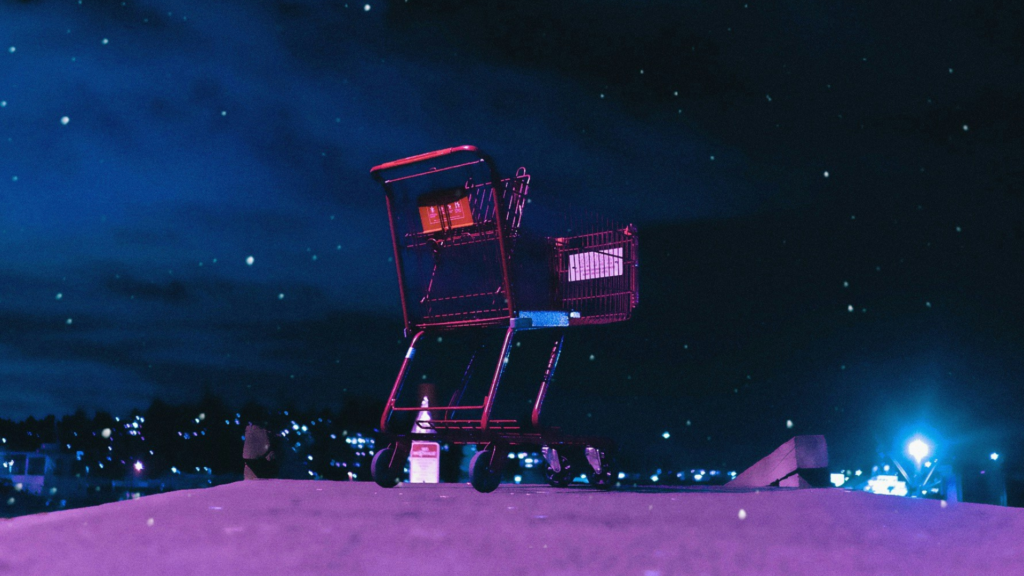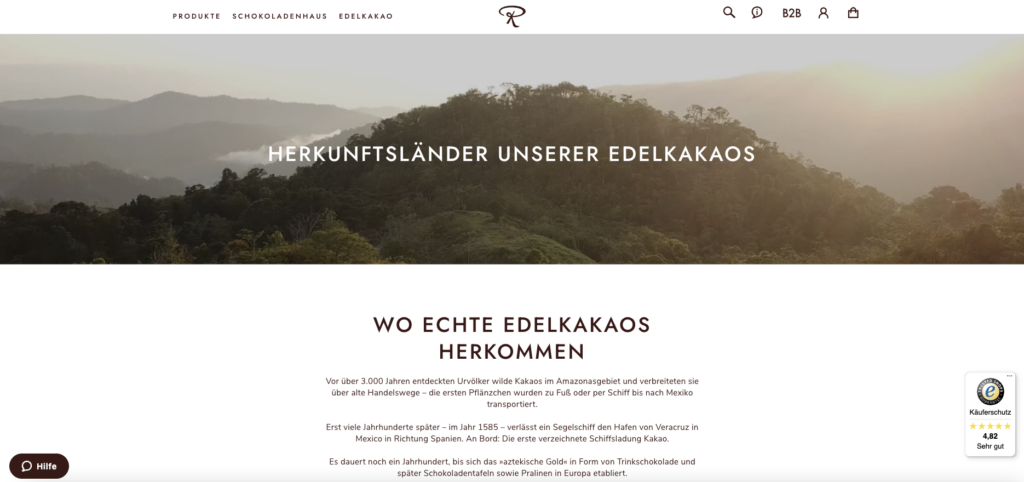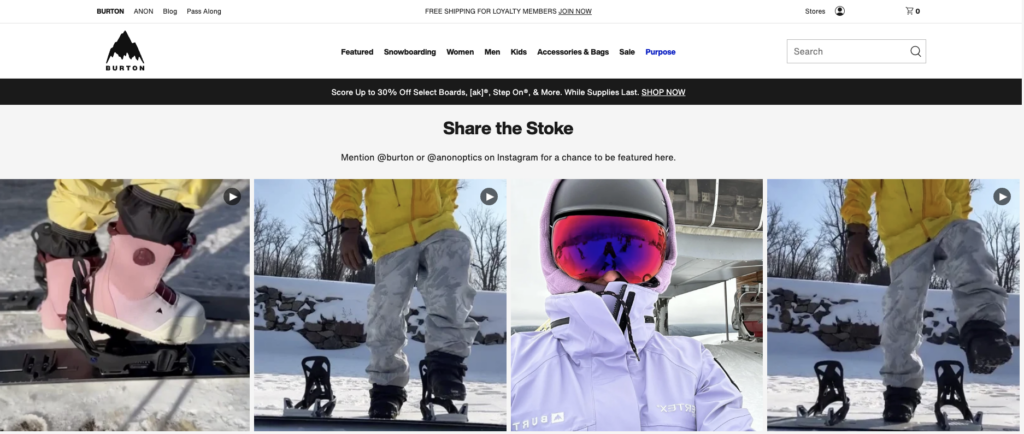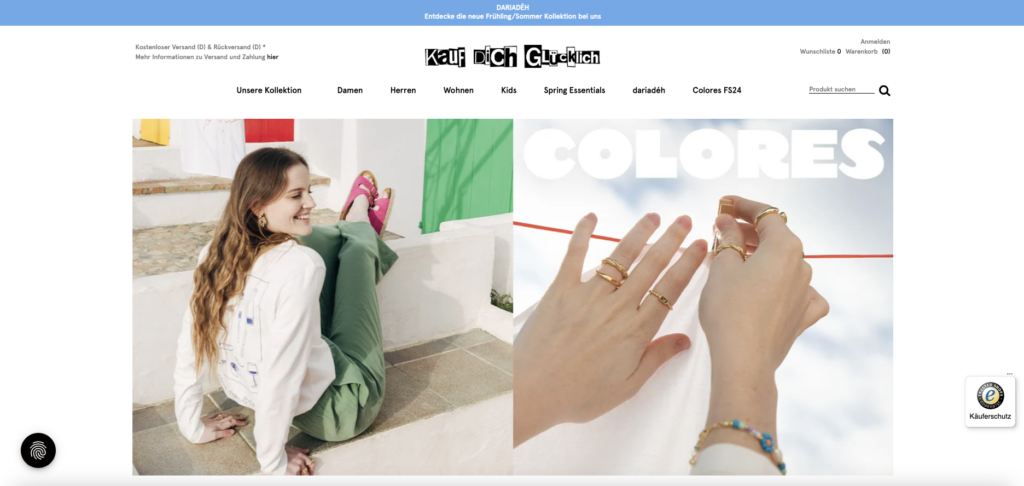A plastic flute for 60 euros: Success in e-commerce with storytelling
Rob Walker and Joshua Glenn conducted an experiment to prove the effect of stories on e-commerce sales. At the flea market, bought for an average of one US dollar and rewritten with fictitious stories, the two auctioned off old items on the Internet. The result: an average price increase of 2,700 percent. The author Deb Olin Unferth, for example, invented a story about a banal plastic flute: a small African country, an ambassador, a prince who rode through the country for two days just to hand over the flute. This, according to the authors, objective value of the story made the plastic flute go for a hefty 60 euros.

Whether it’s environmental protection, social commitment or people who tell stories: We no longer just want to hear which product is the best. From browsing the store to the shopping cart – online shopping must become a real experience, especially for younger shoppers. So it’s time to tell where you come from and where you are going, what hurdles you had to overcome and who is behind you. Stories create emotion and identification. Many online stores are already relying on the power of storytelling. We took a closer look at the most exciting stories:
Where good chocolate comes from: storytelling by Rausch

Wilhelm Rausch opened a small confectionery for chocolate, truffles and pralines in 1890. Around thirty years later, his son founded today’s Rausch company in Berlin and has now been supplying chocolate lovers from all over the world with his fine products for almost 100 years. Nevertheless, the traditional company remains modern. At Christmas 2015, they switched from retail to e-commerce. The fact that quality is a top priority here is also reflected in the company’s own online store.
From the fine cocoa on the plantation to the finished praline: Rausch describes the journey of the cocoa beans from start to finish. Under Origin, Relevance, Taste and Refinement, visitors are guided through the region around the equator and the world of chocolate. “In 1998, we began traveling to all the regions of origin along the equator in search of the best fine cocoa. Wherever we found them, Rausch is now at home – an indescribable feeling,” said Jürgen Rausch.
Why we love their stories:
Customers can do more than just shop here. The store lets them immerse themselves in the world of chocolate and the history of the company. Customers want to browse and be tempted to make an impulse purchase. Exciting stories and images relating to the product are therefore crucial. Rausch explains where the chocolate comes from and how the individual regions are selected, which values are important to the company and what makes the products so special. Step by step and picture by picture, chocolate lovers scroll through the world of fine cocoa. You simply can’t stop anymore. The verdict is in: Scrollytelling at its best.
Tell your story: Storytelling with BURTON

At BURTON, travel and sports enthusiasts not only find snowboards and the latest outdoor gear, they also tell their own stories. Whether it’s snow flurries, summiteers or all the way to Iceland: inspiring moments are collected on Instagram under the hashtag #burton and featured on the BURTON Instagram channel and in the online store. The products in the picture can be purchased at the click of a mouse in our own online store.
Why we love their stories:
Tomorrow’s shoppers want to be inspired and get an attitude to life with a product. Emotional imagery and product staging are required here – keyword visual storytelling. BURTON does everything right in this respect. Stories are told and even experienced. They use images to let their own target group write the stories about the products. In this way, shoppers become part of a community. Identification and individual interaction are becoming increasingly relevant for brand loyalty. The links to the store then ensure that the shopping cart is full. If one sees a product on Instagram or the website, they can order it directly with one click – this is called shoppable content and is becoming increasingly popular with online stores. We love it. Clicking through the pictures makes you want to travel. The products shown are quick and easy to find.
Happy customers: Storytelling with Kauf Dich Glücklich

Whether fashion, living, food, travel or simply the latest trends – the Kauf Dich Glücklich blog has everything your heart desires. Here too, all content is shopable. In addition to recipe ideas, book recommendations and styling trends, the employees are presented with their favorite looks as well as the shoppers themselves. At the end of each story, readers can access the relevant products in the store with just one click.
What we love about their stories:
A sense of life? Check. Community? Check. Emotions and humor? Check. The Kauf Dich Glücklich blog comes with real added value. If online stores only entice customers with discount codes or competitions, the shopping cart will not remain full in the long term. High-quality products are then sold below value. A store that is a magazine at first glance and is only associated with a specific product in your own store at second glance is attractive and invites you to browse even tomorrow. If potential customers also go to the website for the stories, mood boards and ideas, they naturally shop more spontaneously. To ensure that the content is actually read and the reader also becomes a buyer, the relevance of the stories for the target group is the be-all and end-all. So: We are now buying ourselves happy.
You can find out how big fashion brands captivate potential buyers here: Fashion Storytelling – How fashion brands captivate us with their stories
Share this article
Related articles

11 January 2024








